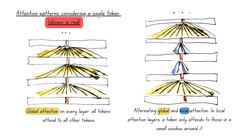Abstract
Causes of sex differences in educational achievement have been controversially discussed in the extant literature. It has been speculated that differing prosperity and equality of opportunities may be linked to these differences, but conclusive empirical evidence for such effects is unavailable. Here, we present evidence for sex differences in international large-scale assessments of reading literacy, mathematics, and science across 16 cohorts from 1995 to 2019. Our analyses of PIRLS and TIMSS reading literacy, mathematics, and science achievement data (N = 3,999,062; 90 countries) showed consistent advantages for girls in reading literacy (d range: −0.02 to 0.66). For mathematics and science this pattern was less unambiguous, yielding non-trivial effects in both directions (d ranges: −0.44 to 0.36 and − 0.50 to 0.46, respectively). Sex differences in all three domains were more pronounced in more egalitarian countries (β range 0.16 to 0.20). Higher national prosperity and educational investment predicted larger sex differences favoring fourth grade boys in mathematics and science (β range: 0.07 to 0.39) and became less meaningful with increasing student ages (β range for eighth graders: 0.17 to 0.21). In all, our findings suggest that influences of economic macro-indicators on sex differences in educational achievement are differentiated according to subject, indicating larger sex differences in mathematics and science in more egalitarian and prosperous countries.






